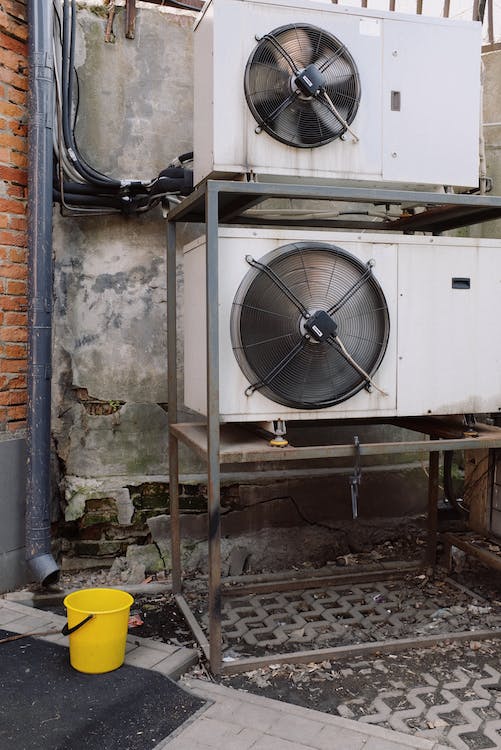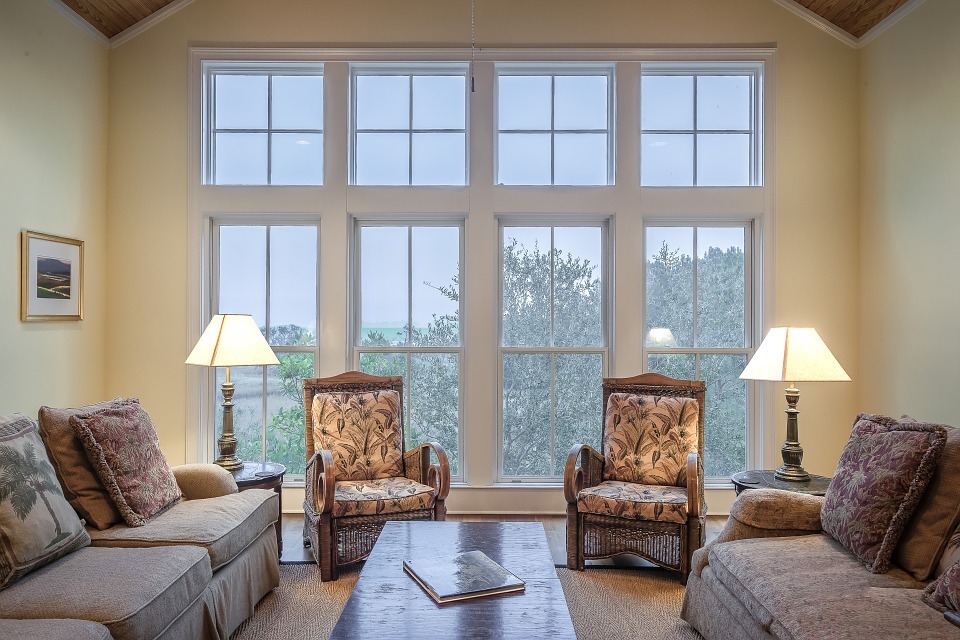Sometimes, a fan is just enough to keep you cool. But when temperatures start hitting 90 to more than 100 degrees, the humidity can be so intense that all you wanted to do is to stay at your house with the air conditioner turned on high. It’s a refreshing way to stay cool and away from icky sweating, but it can cause a significant increase in your energy bill. The good news is, there are still ways to save energy on air conditioning while keeping it on.
1. Seal air leaks
If your home has been existing for decades, chances are there are leaks that can let cold air inside seep out into the outside. It can be found in your window seals, doors, attic or other sneaky cracks. To check if your home leaks precious cold air, stand outside your house and run your hand along doors and windows while the AC is on. If you can feel cold air escaping, caulk around your leaky windows and add insulation around your doors. Also, check for leaky air ducts and reseal it.
2. Upgrade windows
Generally, builders use only one pane of glass for building windows. While it may be sufficient, it’s better to use double or triple pane storm windows. It may be an expensive and time-consuming thing to upgrade your windows, but it will help you in the long run. Doing this can dramatically lower energy consumption on your heating and cooling because there will be an insulating barrier between each pane of glass, keeping cold or hot air inside your house. But if you’re not willing to replace your windows, either uses fiberglass batting or spray foam insulation to improve insulation inside your home. It would be best to call a pro on what upgrade and process you need to do.
3. Clean your vents regularly
The vents of your air conditioner can get dirty and clogged easily. Because of this, it can take up more energy for your air conditioner to cool the room, thus driving up your power bill. And once you leave the vent clogged for years, it can ruin the delicate filters inside it, and eventually damaging your whole AC unit. This is a good reason to keep your vents clean.
4. Set AC temperature higher at night
No matter where you live in, temperature drops during the night. Plus you don’t need the same level of cool you feel when you are conscious and awake. It’s ok to raise the temperature of your air conditioner before you go to sleep to lower your overall energy bill.
5. Upgrade to a smart thermostat
Getting a smart, programmable thermostat can give you a lot of benefits. It can regulate cooling and heating in your home even when you’re not around, saving your money in the long run. You can set a program that suits your needs during the morning, a program for when you leave home for work, a program for when you are sleeping, another program for vacations or trips, and even programs for the weekend. Wi-Fi programmable thermostats can even give you a lot of convenient features, like being able to view and manage it from your smartphone even when you are away. Some can even work with virtual assistants like Amazon Alexa, Google Home, Apple HomeKit, Samsung SmartThings, and other smart home platforms.
6. Set thermostat to a high temperature
It’s best to always set your thermostat to the highest temperature you can stand to save the most money. Still, it will bring you cool, but you can be ensured that it’s just the right amount. If you see yourself needing to wear a sweater over a shirt at home, your temperature may probably be too cool (except when it’s winter season). The US Department of Energy recommends setting your indoor temperature to 78 degrees F when you’re at home. It’s the air conditioner’s optimal temperature level.
7. Put the thermostat on the right wall
Your energy bill might be kicking because of the wrong placement of your thermostat. If your thermostat is placed on a wall experiencing temperature extremes, your thermostat might think the room is a lot warmer or cooler than it actually is. Avoid putting your thermostat right next to a window that lets sun rays enter your home, or near a bathroom door that can let hot steam settle around the thermostat, or near a lamp or a TV set. It’s best to put the thermostat in a most-used room on the interior wall. Be sure it’s unobstructed by shelves, doors or other decorations so it can work properly.
8. Change to energy-efficient light bulbs
Cut the cost of your electric bill by using Energy Star compact fluorescent lamps and replace your incandescent lamps. These types of lamps also release less heat, so your AC would need to work less.
9. Close your blinds
A bright interior looks great in photos. If the sun is coming directly through your windows, your AC may need to work harder to cool down the house. During the hot parts of the day, close your blinds and curtains to keep out the sun and stop cold air from escaping the windows.
10. Use fans
Instead of lowering the temperature in your thermostat to feel cooler, use a ceiling fan or any stationary fan to help circulate cooler air. If you think you need to add a new AC unit in a big room, adding a fan may change your mind. You will be surprised at how effective they are in getting the cold wind going. Fans use significantly less energy than an AC unit, so having them as a backup can reduce your cooling costs by up to 10%.


